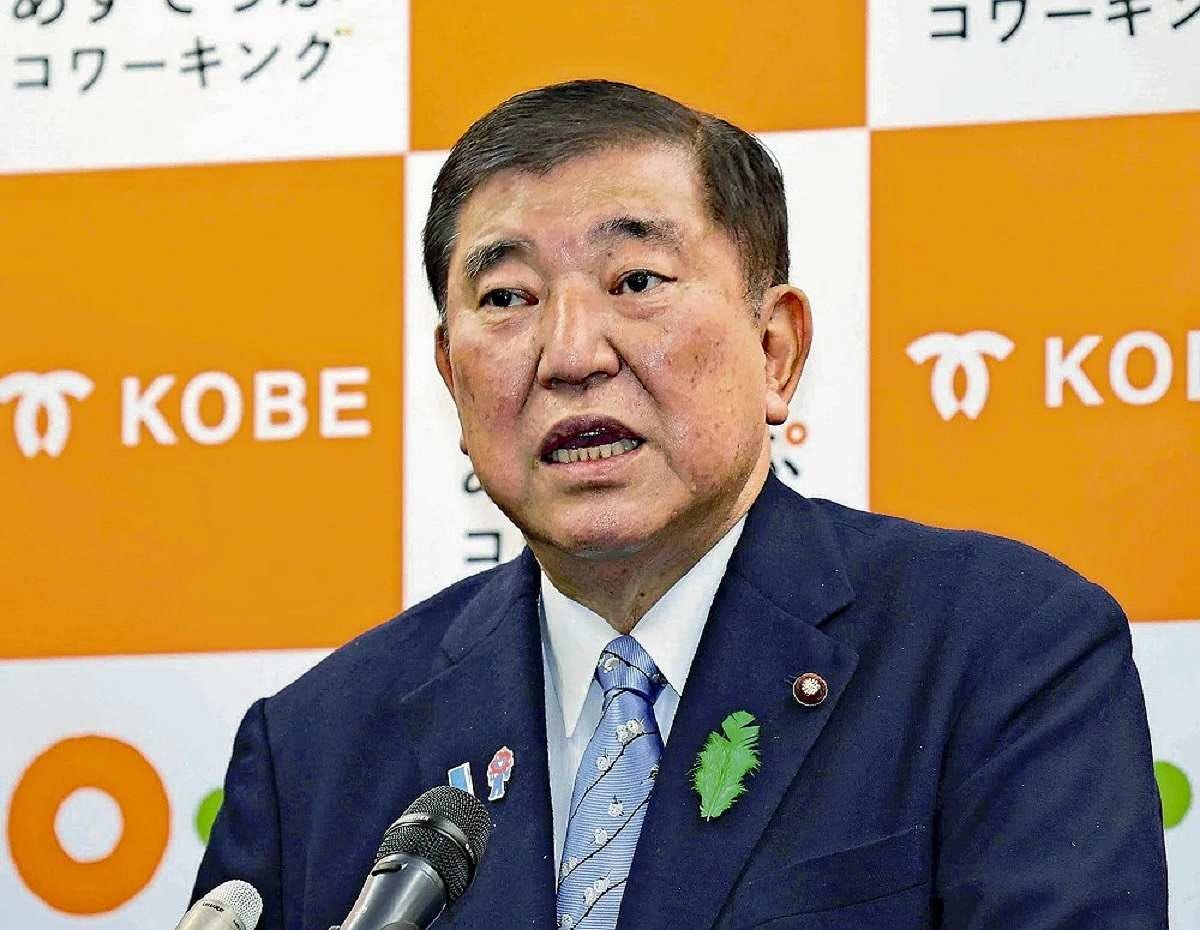By: Rupakjyoti Borah
Japan goes to upper-house elections on Sunday, July 20, with the ruling Liberal Democratic Party and its partner Komeito facing another electoral reverse that could rattle confidence both across the Pacific and in Asia and complicate crucial trade talks with the United States. Prime Minister Shigiru Ishiba, who came to power as a dark horse last October, faces headwinds both domestically and internationally, and his job could be on the line.
The ruling coalition must win 50 of the 125 seats in play to retain its majority, an uphill struggle according to polls, some of which forecast only a 30-seat pickup. A loss doesn’t necessarily mean the government falls, given its ability to build a coalition, but analysts say it would make the 68-year-old Ishiba hostage to opposition parties and could exacerbate a sell-off of government bonds.
A loss is certain to strengthen the hand of Ishiba’s LDP rival Sanae Takaichi, who narrowly lost to Ishiba in the runoff for the LDP presidency last October although some analysts believe party rivals may be content to wait until after passage of the 2025 budget, after which they will then force him out, blaming him for the loss. The LDP power-seekers thus would use him as a lame duck while they can, while planning a takeover.
An outsider when elected, Ishiba remains relatively isolated in his own party, with a dearth of colleagues supporting his administration. A recent NHK poll found the premier’s approval rating now at 31 percent, compared to 39 percent in June. Support for the LDP is even lower at 24 percent, a big decrease from the 31.6 percent last month. If the alliance loses its upper house majority, Ishiba is sure to face internal party dissension and may have to convince an opposition party to join it, which is easier said than done.
Opinion polls also indicate that the opposition Sanseito may eat into LDP’S traditional voter base, especially among farmers. The demographics are shifting, and the traditional LDP voter base is decreasing in numbers. Polls find voters are undecided. It is these undecided voters that parties like the Sanseito are clearly targeting. The LDP-Komeito clearly seems to have lost its connection with younger voters, which may be reflected in the results of these elections.
It is clear that the ruling combine are in troubled waters. A recent NHK poll found the polls hinge on concerns over rising prices and “social security and the declining birthrate,” perennial issues in Japan, with core inflation, which excludes fresh food, cooling marginally to 3.3 percent, down from a 29-month high of 3.7 percent in May. Rising rice prices recently forced Ishiba to replace the former agriculture minister with Shinjiro Koizumi, the son of the former Japanese PM, Junichiro Koizumi.
In last October’s general elections, the Ishiba government was reduced to a lower-house minority, with 220 seats in the 465-seat chamber. A similar result in the upper house, or House of Councillors, would lead to a call for a change in leadership, a blow to the LDP, which has ruled for most of the post-WWII period, and a concern for western powers, which regard Japan, the world’s fourth-largest economy, as the bulwark in Asia.
Impact on Foreign Policy
On the foreign policy front, Ishiba has little to show. Japan, as one of the world’s great trading nations, needs a rules-based international order dependent on trade and investment at a time when its crucial economic, diplomatic, military, and strategic partner, the US administration, has gone off the rails. He has long said he wants a more equal alliance with the US, hardly a realistic policy with the current occupant of the White House, who has been pressuring him on the trade front, threatening a 25 percent tariff on imports of Japanese cars and auto parts, along with a baseline tax of 10 percent on all other Japanese goods and demanding access for US rice imports, a deep cultural issue with Japan’s farmers.
The levy on steel and aluminum was also increased to 50 percent in early June. The 10 percent baseline tariffs will be increased to 25 percent from August 1 if no trade agreement materializes. Ishiba, unlike previous Japanese leaders, doesn’t seem to have the best of ties with Trump. Although there have been multiple negotiations between the US and Japan on the issue, the two sides are yet to come to a consensus.
In addition, Japan’s postponement of the US–Japan 2+2 talks, or Japan-US Security Consultative Committee, regarded as an effort to deflect mounting American pressure and prevent Washington from intertwining trade disputes with defense obligations, points to a new direction in the ties between the allies, with the government increasingly wary of Washington’s capricious diplomatic style. The US demand that the Japanese increase their defense spending to 3.5 percent of GDP is a tall order at a time when the lackluster economic forecasts range from 0.7 percent to 1.2 percent GDP growth in 2025. The LDP’s coalition partner Komeito is not enthusiastic over increased defense spending.
Japan’s complex relations with Russia also seem to have reached a dead end, primarily due to a decades-old unresolved territorial dispute over the Kuril Islands. While both have cooperated gingerly in various fields like security and economics, the territorial issue remains a major obstacle to full normalization of relations. Recent events, particularly Russia's invasion of Ukraine and Japan's subsequent sanctions, have further strained the relationship. Japan has stopped importing Russian LNG, though it recently imported 600,000 barrels of Sakhalin Blend crude oil as part of a special waiver from the United States.
Rupakjyoti Borah is a Senior Research Fellow with the Japan Forum for Strategic Studies. The views expressed are personal.

